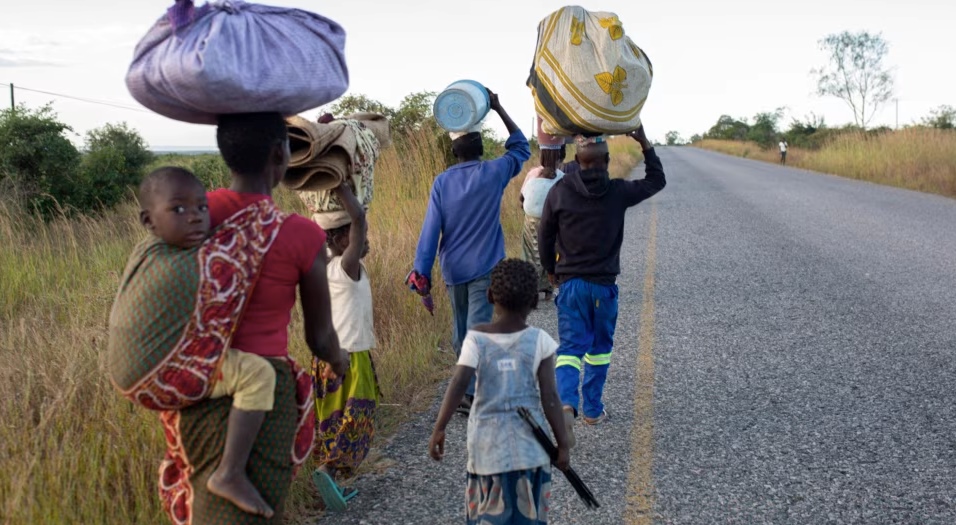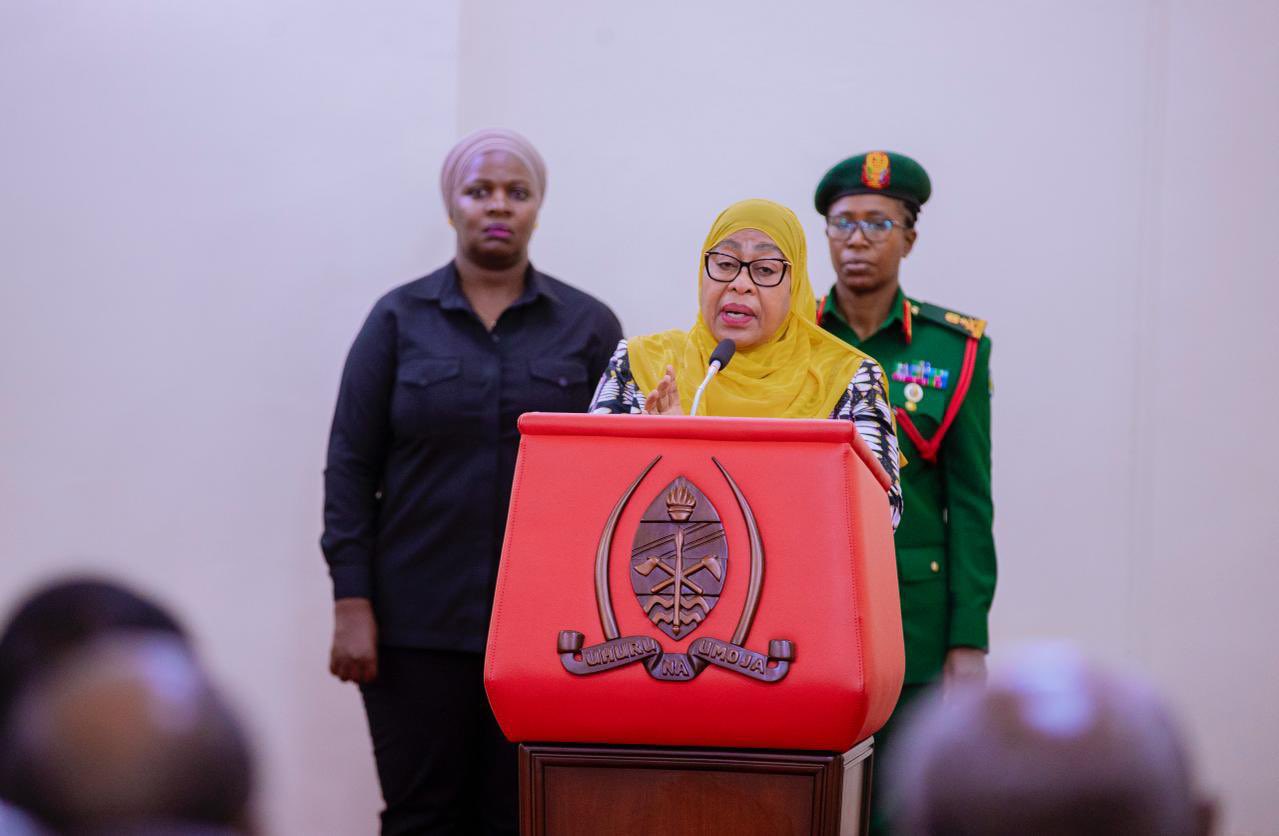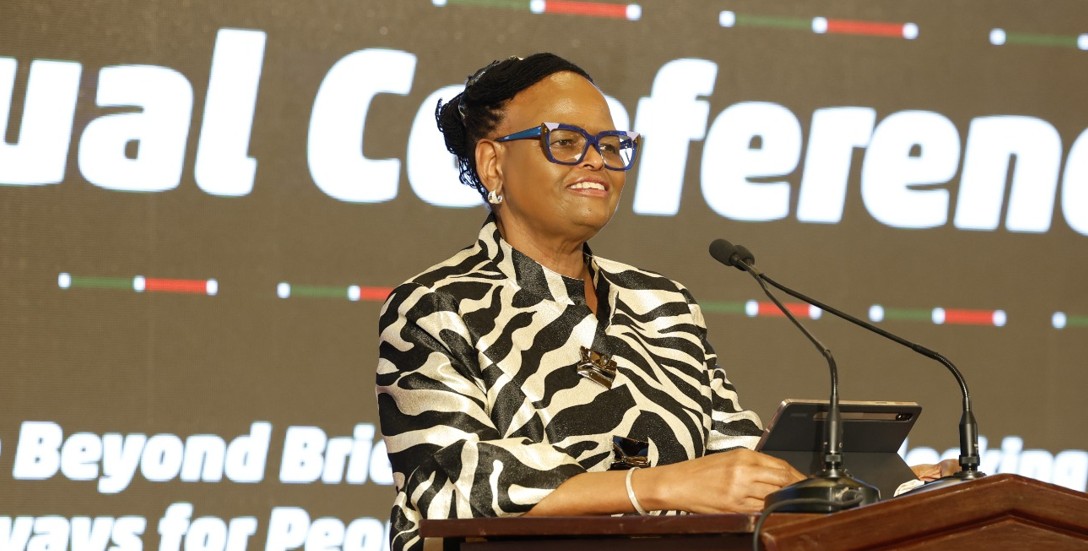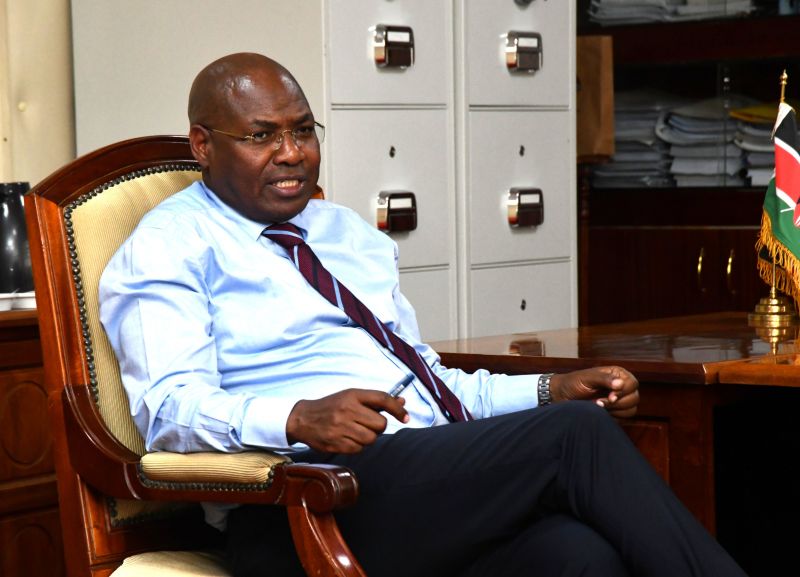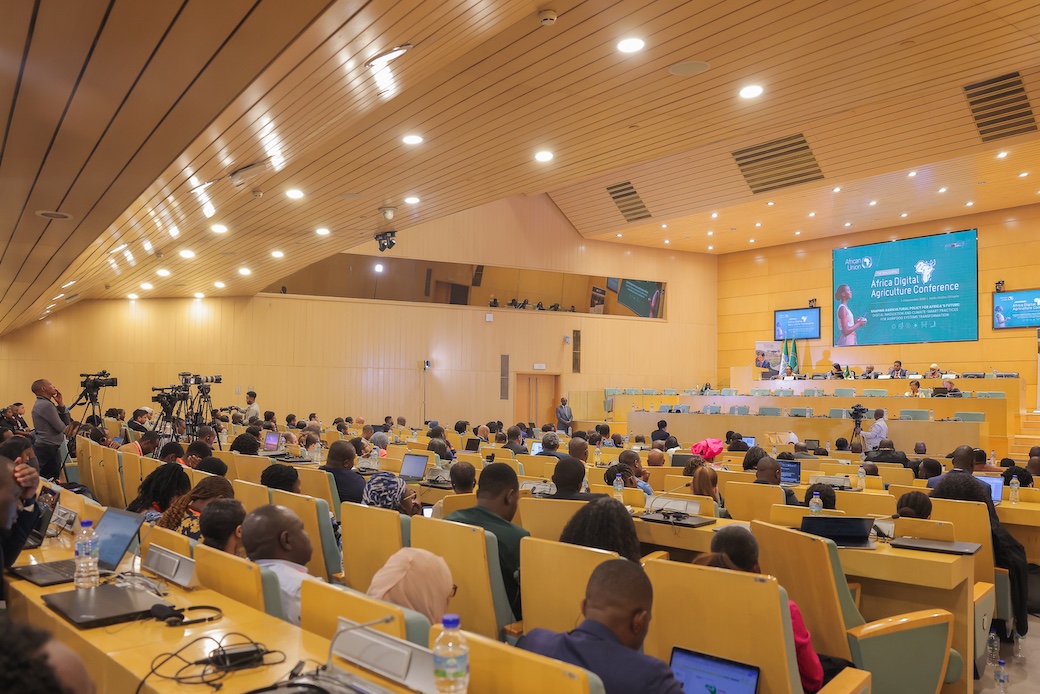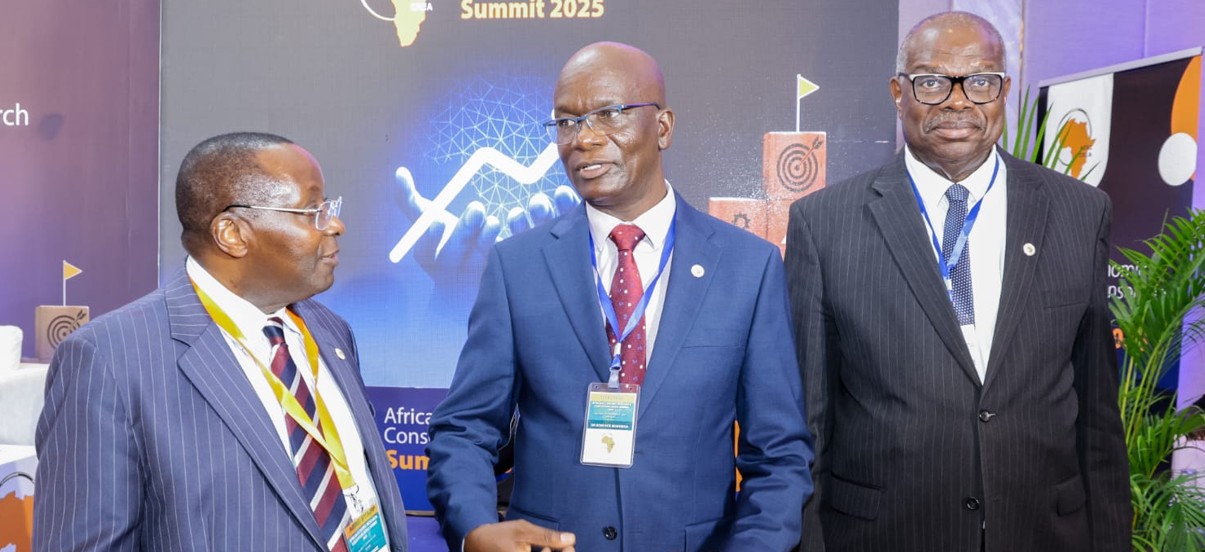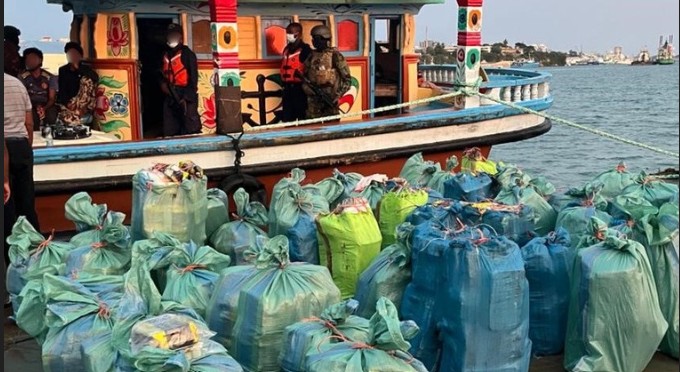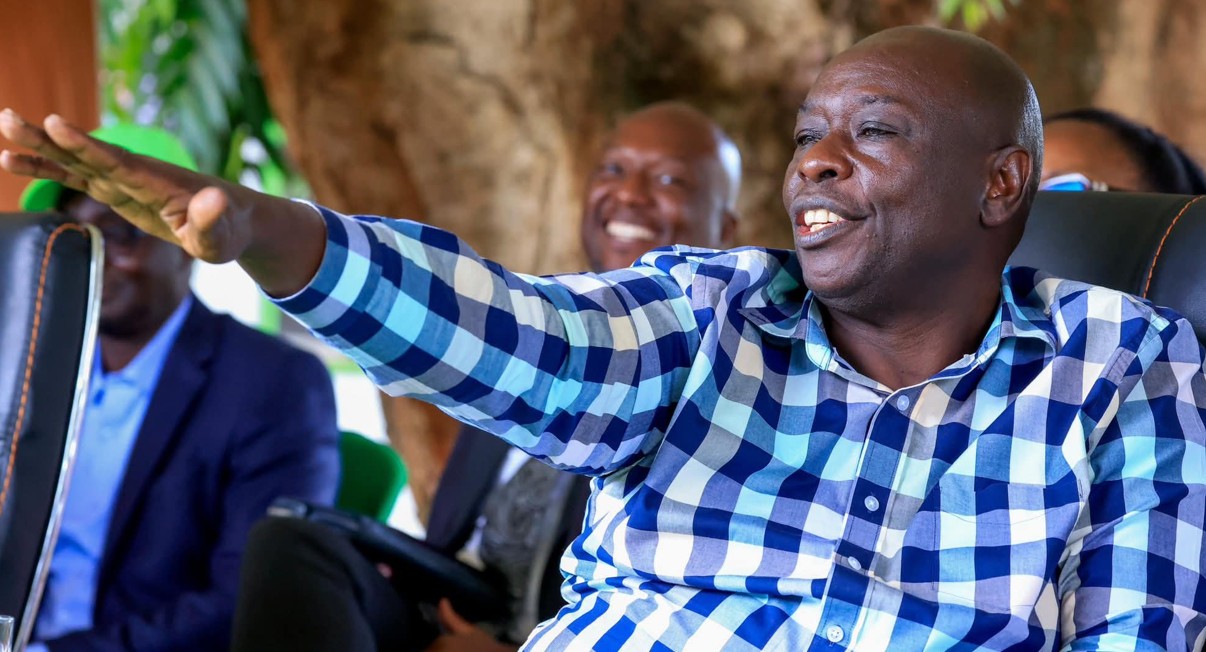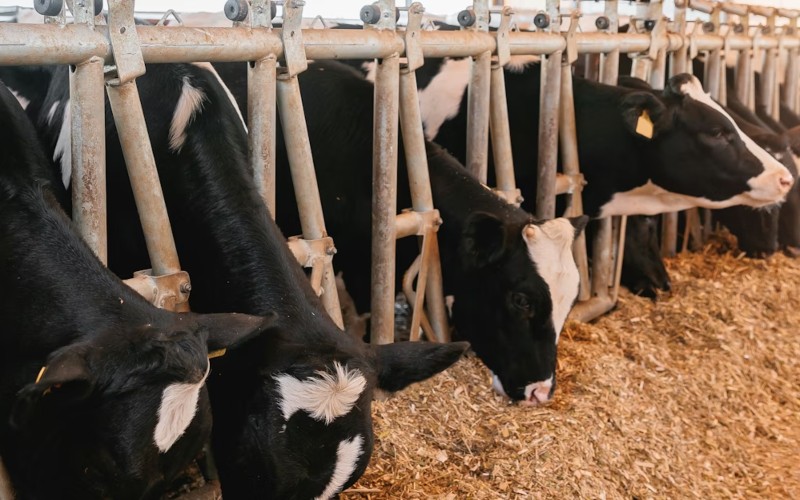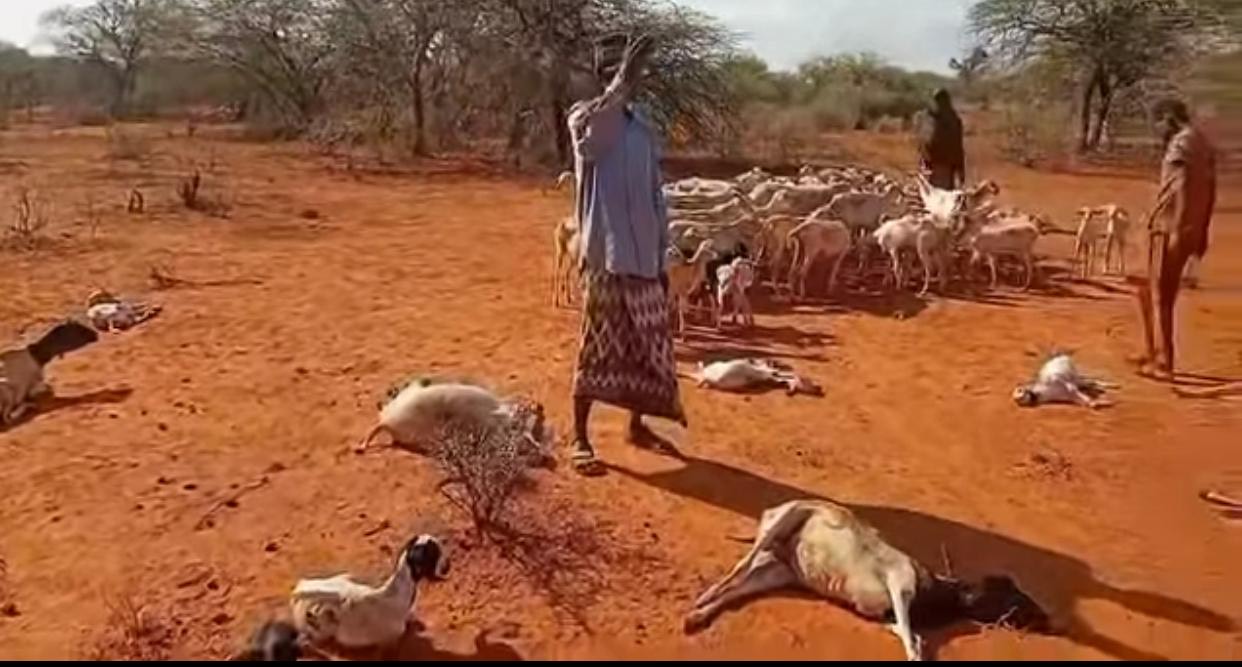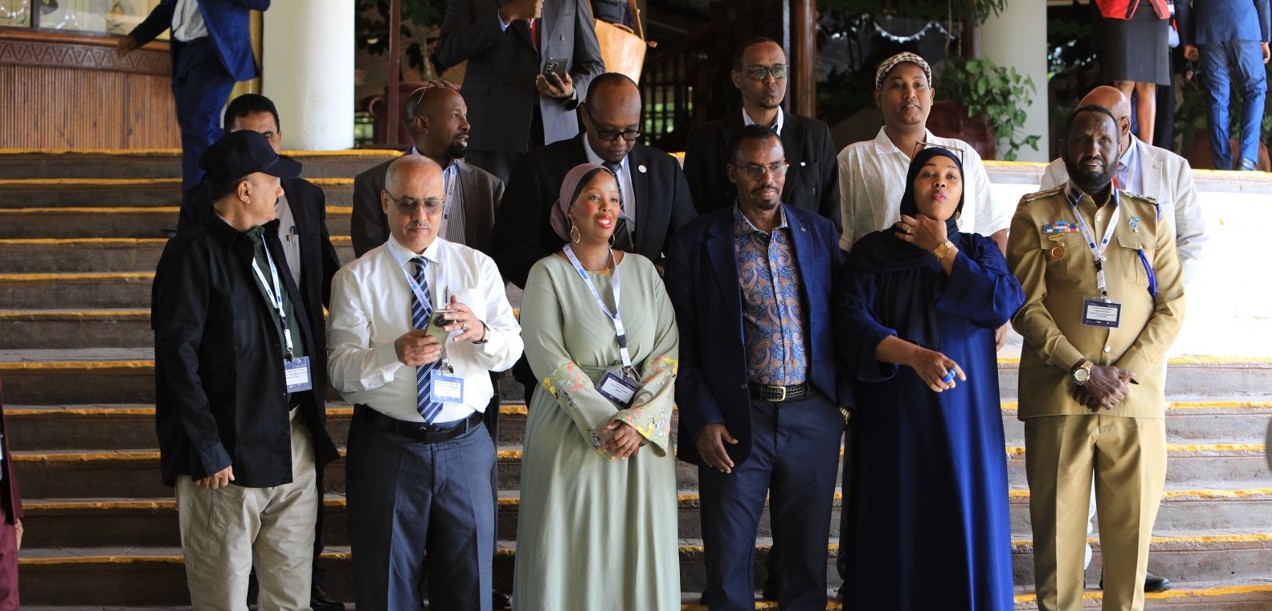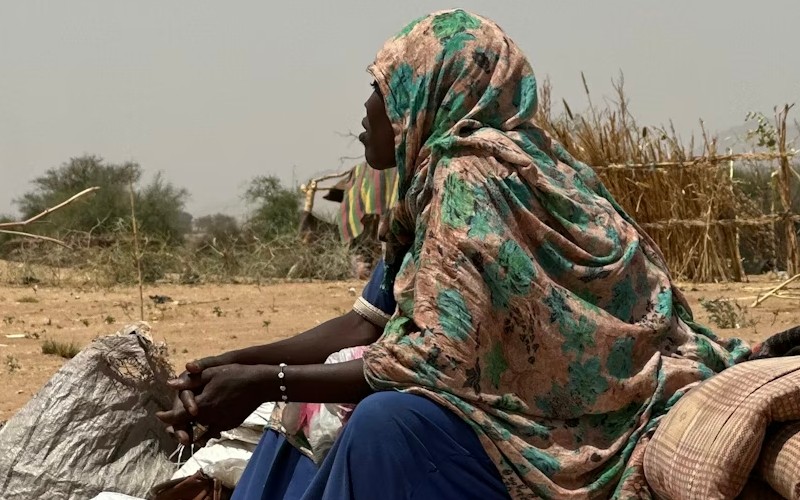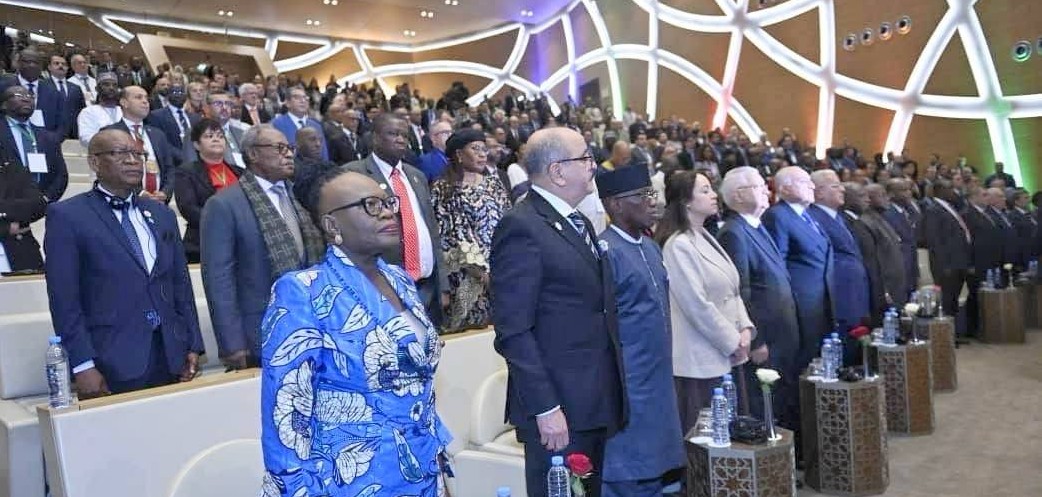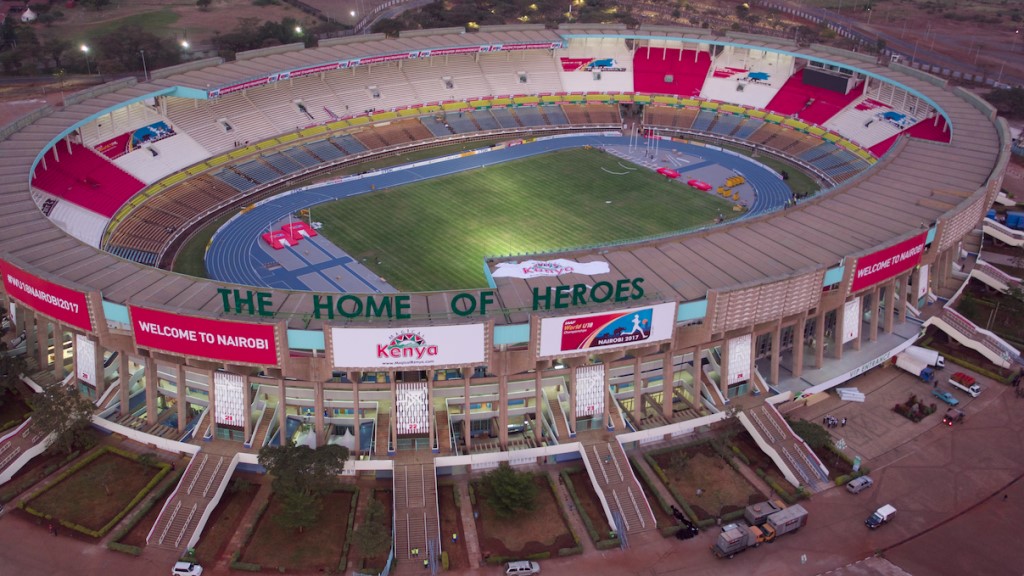Revealed: Government owes Sh10 billion to healthcare providers
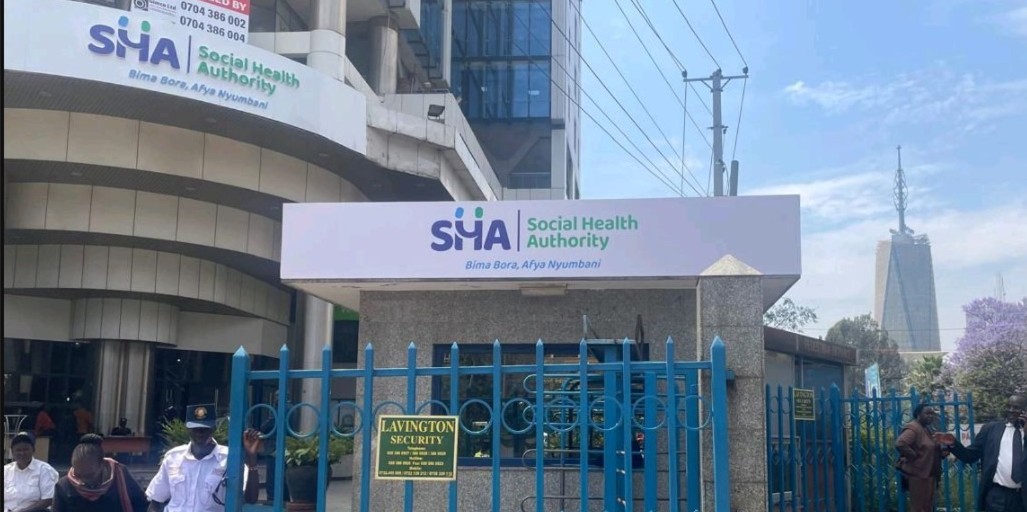
Speaking on the financial obligations, Ingasira acknowledged the outstanding payments but emphasised that efforts are being made to clear them.
The government owes healthcare providers Sh10 billion while various parastatals have accumulated Sh25 billion in debts to the now-defunct National Health Insurance Fund (NHIF), Acting Social Health Authority (SHA) CEO Robert Ingasira has disclosed.
Ingasira confirmed that discussions are in progress to address the pending payments, particularly with the Rural and Private Hospitals Association of Kenya (RUPHA), as the suspension of services by the association entered its second day, affecting operations in several facilities.
More To Read
- TSC confirms shift to SHA cover for teachers from December 1
- SHA transition sparks tension as teachers cite lack of consultation, legal violations
- Review meeting highlights barriers to immunisation, maternal health in Turkana
- Court of Appeal postpones hearing on constitutionality of Health Acts
- 1,567 injured police officers compensated, says Mwangangi as Senate pushes for transparency
- SHA announces refund process for mistaken M-Pesa premium payments
Speaking on the financial obligations, Ingasira acknowledged the outstanding payments but emphasised that efforts are being made to clear them.
“We owe healthcare providers. Initially, it was Sh19 billion; Sh9 billion was paid between October and November,” he said.
“The details of disbursements made from October 1 to date will help us agree on what has been paid and what remains outstanding.”
NHIF system still operational
He further assured that the NHIF system remains operational, contrary to reports that it had been shut down.
“Let me start by saying that the NHIF system is still operational. It is very much alive. It is the system the facilities are using to reconcile the debt. And it is not true that the supplier contract was terminated. The supplier is still with us because we still need that data, which will be useful until we have fully settled all payments to the facilities,” Ingasira said.
Addressing concerns over funding for primary healthcare services, Ingasira explained that the government had allocated Sh4 billion for the sector in the current financial year. He detailed the disbursement process, noting that Sh1.3 billion had already been distributed in November.
“Capitation is based on population data. Facilities give returns at the end of the period, which helps determine how many patients were treated and what services were offered. During this period, we onboarded new facilities and allowed Level 4 hospitals, which were previously excluded, to provide primary healthcare services,” he said.
He noted that the remaining Sh2.4 billion would be used to settle claims from facilities that provided primary healthcare between October 1 and December 31, once verification of their reports is completed.
“The balance of the money we are holding is supposed to be used to settle these facilities after we have fully verified the returns. We had back-and-forth discussions with some facilities, but I am happy that we are almost done. We should be able to disburse the funds possibly this week or next week,” he said.
SHA's three separate funds
Ingasira further clarified that SHA operates three separate funds, which are legally designated for specific purposes and cannot be reallocated.
“The money under primary healthcare can only be used for primary healthcare. That is why, out of the Sh4 billion, the Ministry of Health has already disbursed Sh3.7 billion to SHA. Of that, Sh1.3 billion has already been paid out, and the remaining Sh2.4 billion will be used to clear pending claims from facilities that provided services in the last quarter,” he said.
Meanwhile, the suspension of services by RUPHA has persisted for the second day, disrupting healthcare services in various facilities. The association halted services on Monday, citing the government’s failure to address systemic challenges.
RUPHA chairperson Brian Lishenga warned that the ongoing issues pose a risk to patient care and threaten the sustainability of many health facilities.
“The challenges surrounding the new healthcare system have been ignored, endangering the lives of patients,” he said.
“This crisis is threatening the survival of healthcare facilities due to weak service provision.”
According to Lishenga, a significant number of hospitals have been affected by SHA system failures and delayed payments.
“Only 54 per cent of hospitals have received payments from SHA, while 89 per cent of facilities have reported failures in the SHA portal. Additionally, 83 per cent of hospitals have faced serious difficulties in verifying patient eligibility due to system glitches,” he said.
Top Stories Today


